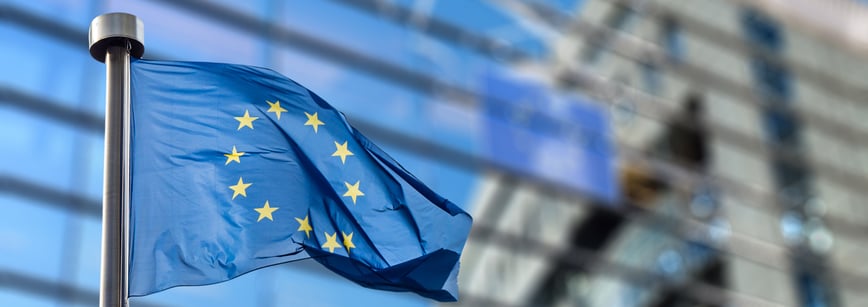
The European Union (EU) implements control measures for the export, transit, brokerage, and technical assistance of dual-use items in accordance with international non-proliferation treaties and governmental commitments. As items are an important parameter in EU export control measures, the use and users of the items are equally important. EU exporters must provide all necessary information on the end user and end-use for export authorizations. The end-use statement (EUS) is a useful means for measuring risk factors that come from the recipient of the items. However, is this useful tool properly being used for its intended purpose? Common misunderstandings regarding the EUS will be given below in the light of Tradewin's experience.
- Parent company vs affiliated company
The most obvious example is when the parent company signs an EUS instead of its affiliated companies. As each affiliated company is a separate legal person and could be subject to different jurisdictions as the destination country generally defines the requirements. Therefore, the EUS must be completed by the affiliated company if they are to receive the goods for which an EUS is required unless otherwise provided by the relevant law. This situation is mainly seen in the export of controlled items to foreign subsidiaries of companies operating in the EU. The parent company operating in the EU signs the EUS and submits it to the competent authority instead of its foreign subsidiary.
- Format of the EUS
EU Dual-Use Regulation does not provide a standard EUS template. However, there is a Recommendation for elements of an end-use certificate published by the Council of the EU[1]. Competent authorities of certain Member States, such as BAFA(Federal Office for Economic Affairs and Export Control) in Germany, have introduced their own EUS templates and do not allow deviating from them[2]. In addition, some EU member states would like to have the EUS certified by an authority at destination to validate that the signatory is valid. Therefore, it is helpful for companies to consult competent authorities in their exporting Member State before drafting an EUS.
- EUS and non-listed items
An EUS is primarily used for license application for listed dual-use items. However, legislation does not prohibit the use of an EUS for non-listed dual-use items. Sometimes companies require an EUS from the recipient, even for simple unlisted items, as an internal practice. Indeed, an EUS is a useful tool for companies to assess the recipient’s reliability but mainly relates to situations connected to production of weapons of mass destruction, military end-users, or involving embargoed states[3]. Requesting an EUS is nothing but an extra burden for companies unless there are doubts regarding the end-use of the product or the end-user.
- EUS vs export control clause
An export control clause is a contractual instrument inserted into purchase and sale contracts in which the buyer and seller commit to comply with existing and applicable export controls and sanctions legislation. This legislation is mandatory. However, companies use this tool in their contracts to remind the other party of indemnification and other mutual obligations arising from private law in case of non-compliance. Interestingly, some companies also include similar statements about indemnification and mutual rights and obligations in the EUS. This is a practice that does not quite fit the purpose of the EUS. It also contains some legal ambiguities. For this reason, it would be more efficient for companies to use both the EUS and the export control clause in accordance with their purposes. It saves them from redundant practices and legal uncertainties that may arise in case of non-compliance.
Should you need any assistance with drafting an EUS for your company or assessing the EUS of your partners, please do not hesitate to reach out to Tradewin. We are here to help.
[1] https://eur-lex.europa.eu/legal-content/EN/TXT/?qid=1662034977779&uri=CELEX%3A32009H0116%2801%29
[2] Bundesamtes für Wirtschaft und Ausfuhrkontrolle (BAFA), Manual Completion of German end-use certificates, p. 3. “Please be aware that changes to the template are not permitted and will generally lead to the rejection of the End-Use Certificates by German export control authorities...”
[3] Commission Recommendation (EU) 2021/1700, Glossary, 23.09.2021, p. 33.




